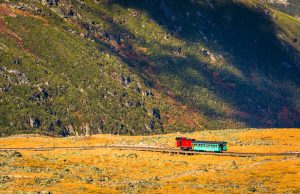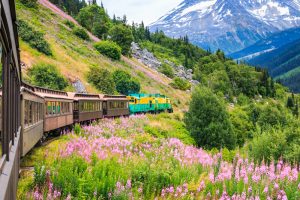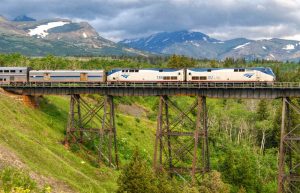Railroad ties are a valuable commodity. They are used to build sturdy foundations for train tracks. But what happens when they reach the end of their life? Do they just get thrown away? Not anymore! This article will discuss five ways to repurpose concrete railroad ties. These tips will help you save money and give old concrete railroad ties a new life!
What are Concrete Railroad Ties?
Concrete railroad ties are large, thick slabs of concrete designed explicitly for building railway tracks. They are typically 8 inches wide and 9-10 inches tall, with a length of 10 or 12 feet.
Concrete railroad ties have a long lifespan, often decades before needing replacement. Therefore, when they are no longer fit for use on train tracks, it’s essential to consider alternative benefits rather than just throwing them away.
Fortunately, concrete railroad ties offer plenty of potential for repurposing and can add structural stability and aesthetic appeal to various outdoor projects. Keep reading for five tips on how to give old concrete railroad ties a new life!
1. Use them as garden borders
Concrete railroad ties make for excellent garden borders. They are sturdy and durable, able to withstand all types of weather. In addition, their angled shape allows for easy stacking and creates a unique visual accent to your garden beds.
Concrete railroad ties can also be painted or stained to match the aesthetic of your outdoor space. To use them as garden borders, lay them flat along the edge of your garden bed and secure them with landscaping pins or screws. Concrete railroad ties are an inexpensive and stylish solution to garden edging.
2. Use them as a retaining wall
Concrete railroad ties make for excellent building materials for retaining walls. Their sturdy structure means they can easily hold back earth and debris, and their weight adds to their stability. Additionally, railroad ties have a rustic appearance that can add charm to any landscaping project.
One tip for using them as a retaining wall is to alternate the placement of the ties to create a staggered appearance, adding visual interest while providing extra support. Before constructing your retaining wall, consult a professional and check local building codes to ensure the structure is safe and compliant.
3. Use them as a patio surface
Concrete railroad ties make for a unique and durable patio surface. Their distinct and rugged appearance provides a rustic aesthetic that can enhance any outdoor space.
To create your own concrete railroad tie patio, start by laying down a layer of gravel for drainage. Next, arrange the ties in a desired pattern, leaving space between each for sand or mortar to fill in the gaps. For added stability, you can also drill holes into the ties and secure them with wooden stakes or metal posts.
This simple repurposing idea turns old railroad ties into a functional and stunning addition to your backyard. Just seal them regularly to prevent cracking or deterioration over time.
4. Use them to build a fence or gate
Concrete railroad ties make for a unique and durable fence or gate option. Before getting started, it’s important to note that you’ll need heavy-duty equipment to cut and shape the ties to fit your desired measurements. Once you have the necessary equipment, you can use the ties as entire panels or cut them into smaller sections and intersperse them with wood panels for a more eclectic look.
Concrete railroad ties also provide added stability and strength, making them excellent choices for high-traffic gates or fences in commercial settings. These repurposed concrete railroad ties can add a distinct charm to any outdoor space with a coat of sealant or paint.
So why not give old railroad ties a second life by using them as fencing or gates? Not only will it save money, but it’s also a great way to be environmentally conscious and give these sturdy materials a new purpose.
5. Use them as steps or benches
Concrete railroad ties make significant steps or benches. They are durable and built to withstand pressure, making them a perfect addition to any outdoor space. For actions, you can stack and secure the ties, adding some gravel or crushed stone for traction. Or, for a more polished look, place the side of the tie by the side and add wooden planks on top for a finished surface.
Concrete ties can also be transformed into functional outdoor benches by securing them upright and adding wooden slats or cushions for comfort. Next time you need steps or seating in your yard, consider repurposing old concrete railroad ties instead of buying new materials!
Conclusion
Following these five tips can give these sturdy materials a new lease on life while saving money and being environmentally conscious. So why not get creative and see what you can do with concrete ties in your outdoor space?
Please visit our website or contact us if you have other questions about concrete.
Thank you for reading!

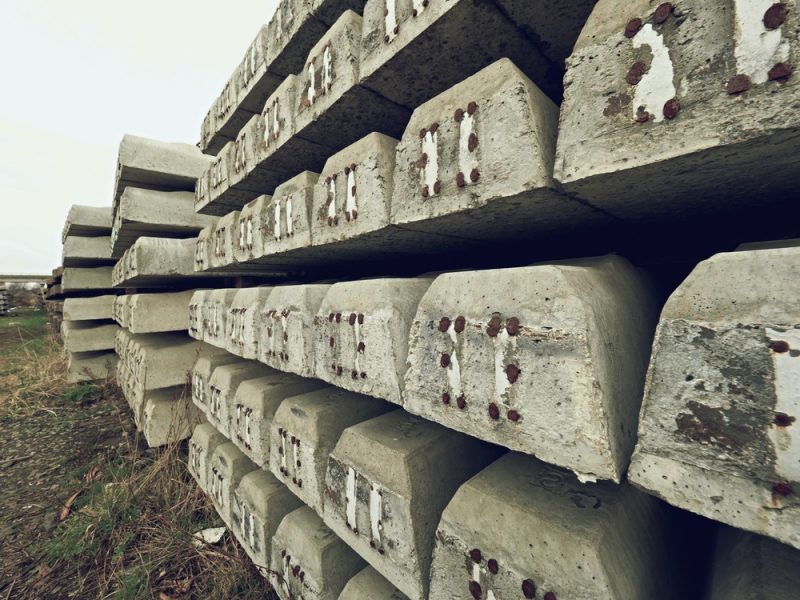

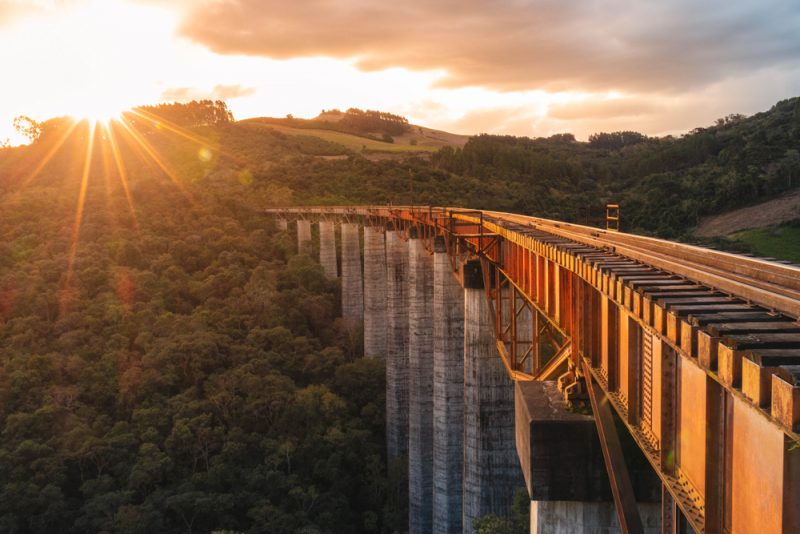
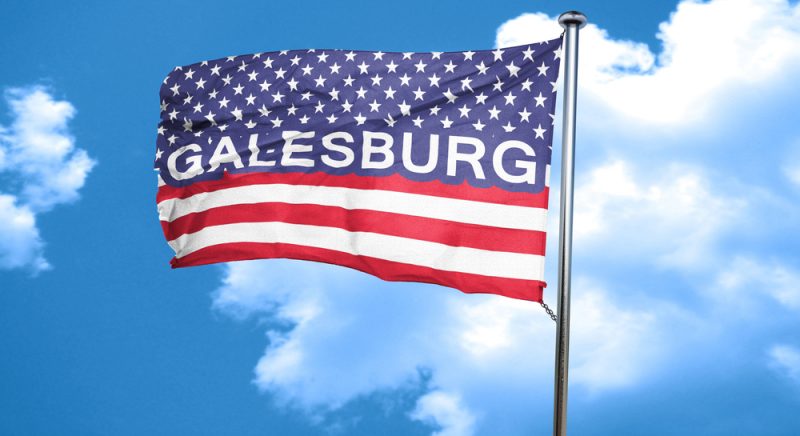
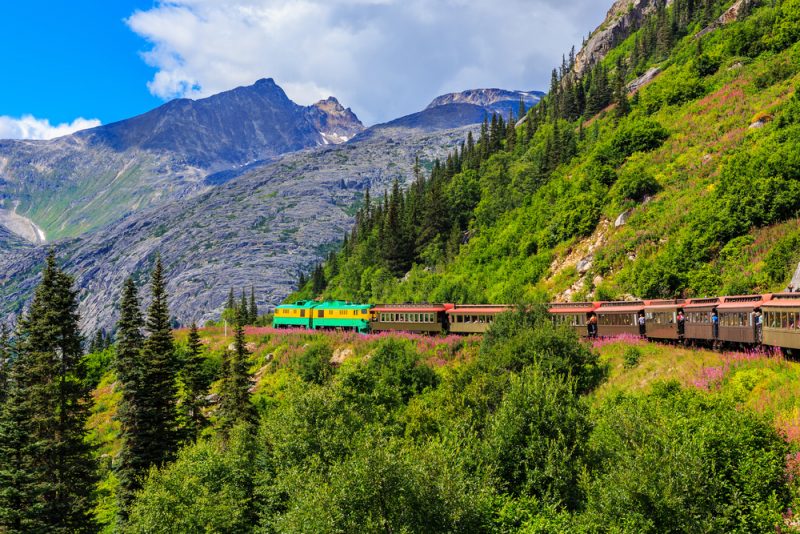
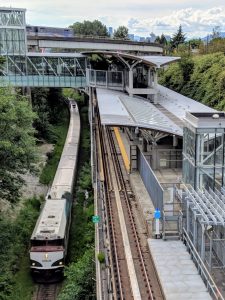
 This train ride is 4 hours long so if you have the entire day to yourself, you can do a roundtrip ride easily. This 65-mile trail can be enjoyed with wester music that the train provides.
This train ride is 4 hours long so if you have the entire day to yourself, you can do a roundtrip ride easily. This 65-mile trail can be enjoyed with wester music that the train provides. 